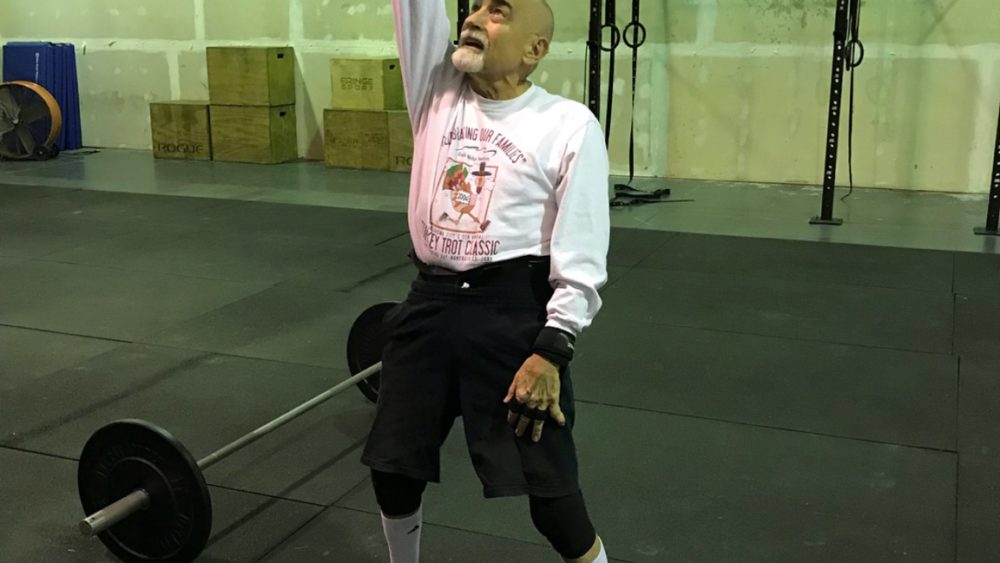
Now, obviously, my framework here is going to be a bit dramatacized. A lot of how your body develops in large part has to do with the signals you’ve been sending it via your activity and exactly how your brain views your body’s capabilities. An elderly woman who has been inactive for 10+ years is not about to feel comfortable picking up 50lbs off the ground and any of us who deadlift regularly know exactly how light that is.
Let us though really ponder how the human body evolved. At one point somewhere someone in your lineage was hunting wild animal for food. They were taking down buffaloes with nothing more than a spear. They were running down deer on foot. They were fighting off wolves with maybe nothing other than their own hands. You mean to tell me that a little squat with a barbell is going to throw your back out of whack, come on.
By and large most injuries have been set in motion to occur well before the actual pain reference we get. I’ll use myself as an example. I’ve had an “achy” knee for quite some time. I originally injured it years ago playing football. The injury wasn’t too severe and the ligament actually only revealed a slight tear. The surgeon I saw beforehand explained to me that I didn’t need surgery but that I definitely needed to ensure the muscles around the knee were strong AND had the proper range of motion. This wasn’t a problem because the most I did in terms of loading my knees was run or play basketball with friends. Squatting or olympic weightlifting hadn’t yet been introduced to me via CrossFit. A few years after starting CrossFit, I had started listening to some bad coaches about how to squat properly. This caused me to initiate my squat with my knees for a few months before I realized I had to change something. Now, my once manageable knee pain had grown to a fever pitch. I corrected my form but once the pain went away I stopped doing all the things I needed to ensure that the muscles around the joint were always ready for the kind of impact I was going to place on it. Foam rolling regularly. Proper warm ups AND cool downs. Testing the range of motion of the joint in non-exercise settings. These are all things that need to be done REGULARLY. I was not. One day I decide to really test the range of motion in a workout with a highly demanding movement flexibility wise, the pistol. My already battered and neglected meniscus finally said that’s it. I completely tore the medial meniscus with a body weight movement.
All this could have been avoided but we often tell ourselves that we don’t have the time or that we don’t need to do all that maintenance because we aren’t in “pain”. If you have discomfort in a joint or muscle, you need to be doing maintenance to ensure that you regain full capacity of that joint or muscle. If something doesn’t have the range of motion or fire properly, you’re going to run into some very serious problems down the road.
Now, all that being said, SHOULD you hurt yourself the worst thing you can do is then stay away from the gym. I have had a torn meniscus for 6 months. I can still operate at roughly 70% of my capacity and have even PR’d on lifts that don’t bother my knee. The rehabilitative quality of the movements we do is profound. I’m sure my recovery from surgery will be better than 90% of the people who endure the type of surgery I’m going to undergo. There is tons of medical data on how the worst thing to do with an injury is to leave it idle. You must challenge the range of motion of the joint and allow for new blood to flow in and heal the area. The resting of the joint or muscle will allow scar tissue to build up and make it that much harder to break apart when you’re ready to.
Injuries can happen but they don’t have to happen. If you have something that is “achy” right now, let your coach know and be sure you’re doing the maintenance you need to.
